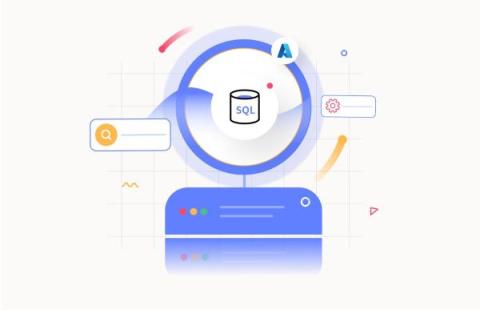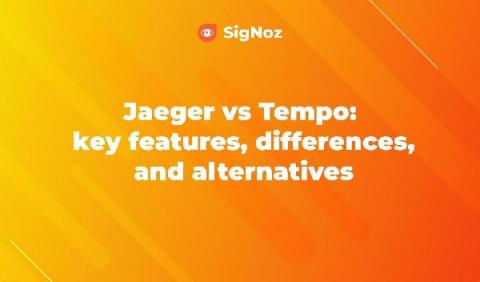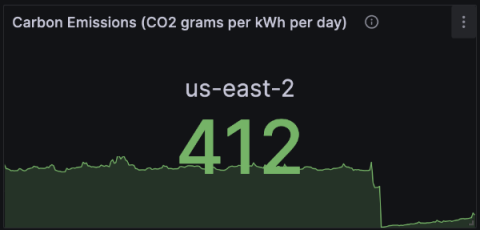10 Hottest Network Monitoring Support Topics
Network monitoring is perhaps the most indispensable tool in a network professional’s toolbox because it offers a deep understanding of IT infrastructure. Many IT pros use network monitoring daily the same way a teenager stares for hours at TikTok. Progress WhatsUp Gold has been making IT lives easier since its beta release in 1996. Here are the ten most popular how-to videos to help you make the most out of WhatsUp Gold.











